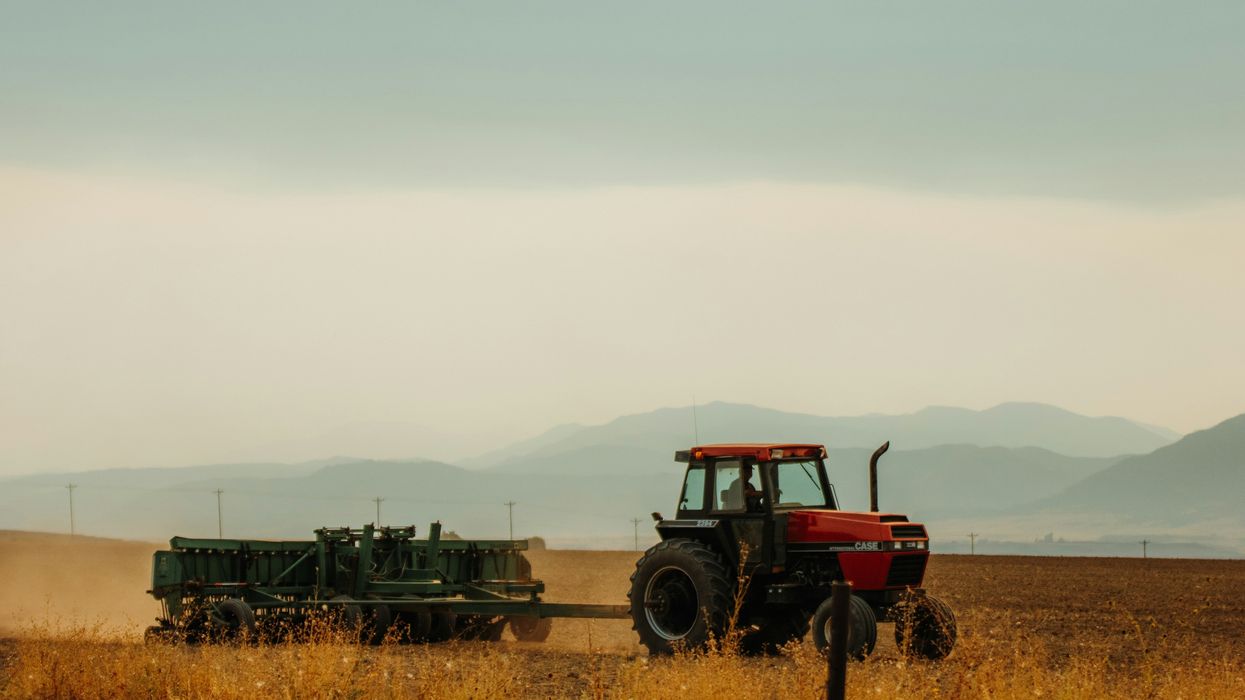The United States has witnessed a significant demographic shift over recent years, particularly evident in rural areas. A concerning trend has emerged: for the first time in history, many rural counties are experiencing more deaths than births. This phenomenon is reshaping the socio-economic landscape of these regions and prompting urgent discussions about the future of rural America.
Demographic Trends
Data from the U.S. Census Bureau and various demographic studies indicate that the rural population is aging rapidly. Young people are migrating to urban areas in search of better employment opportunities and amenities, leaving behind an older population with lower birth rates. According to Kenneth Johnson, a demographer at the University of New Hampshire, "Rural areas are increasingly losing population through natural decrease — more deaths than births" .
Factors Contributing to the Trend
- Outmigration of Youth: One of the primary drivers of this demographic shift is the outmigration of young adults. Rural regions often lack the economic opportunities and social amenities that attract younger populations. As these individuals move to cities, they take their potential for starting families with them.
- Aging Population: Rural areas have a higher proportion of older adults compared to urban centers. With the aging baby boomer generation, the death rate naturally increases. This aging population also means fewer women of childbearing age, leading to a decline in birth rates.
- Economic Decline: Economic stagnation in rural areas contributes to lower birth rates. The lack of jobs, healthcare, and educational opportunities makes it difficult for young families to thrive. A report from the Economic Innovation Group highlighted that "many rural communities are caught in a vicious cycle of population loss and economic decline" .
Implications
The demographic imbalance in rural America has profound implications:
- Healthcare Challenges: An aging population requires more healthcare services, but many rural areas are already experiencing shortages of healthcare professionals. The increased demand for healthcare, coupled with a dwindling workforce, places a significant strain on local health systems.
- Economic Impact: The economic vitality of rural regions is at risk. With fewer young people to drive economic growth and support local businesses, many rural economies are stagnating or even declining.
- Social and Community Life: Schools, churches, and community organizations are the backbone of rural life. Declining populations lead to school closures, consolidation of services, and the erosion of community ties.
Addressing the Challenge
Addressing the demographic challenges in rural America requires multifaceted strategies:
- Economic Development: Investing in rural economic development can help retain and attract young people. This includes improving infrastructure, supporting local businesses, and fostering entrepreneurship.
- Healthcare Access: Enhancing access to healthcare services is crucial. This can be achieved through telemedicine, incentives for healthcare professionals to work in rural areas, and expanding healthcare facilities.
- Support for Families: Policies that support families, such as affordable childcare, parental leave, and housing incentives, can help boost birth rates and retain young families in rural areas.
The trend of more deaths than births in rural America is a significant demographic challenge with far-reaching implications. It underscores the need for targeted policies and investments to revitalize rural communities and ensure their sustainability. As policymakers and community leaders grapple with this issue, it is crucial to develop innovative solutions that address both the immediate and long-term needs of rural populations.
References
- Kenneth Johnson, "More Deaths Than Births in Rural America," University of New Hampshire, accessed June 25, 2024, [link].
- Economic Innovation Group, "Revitalizing Rural America: A Path Forward," accessed June 25, 2024, [link].















 Dr. Cary S. Kaufman teaches the "Essentials of Oncoplastic Surgery" course through the National Consortium of Breast Centers, providing breast surgeons around the world with advanced techniques for optimal breast surgery outcomes.
Dr. Cary S. Kaufman teaches the "Essentials of Oncoplastic Surgery" course through the National Consortium of Breast Centers, providing breast surgeons around the world with advanced techniques for optimal breast surgery outcomes.

